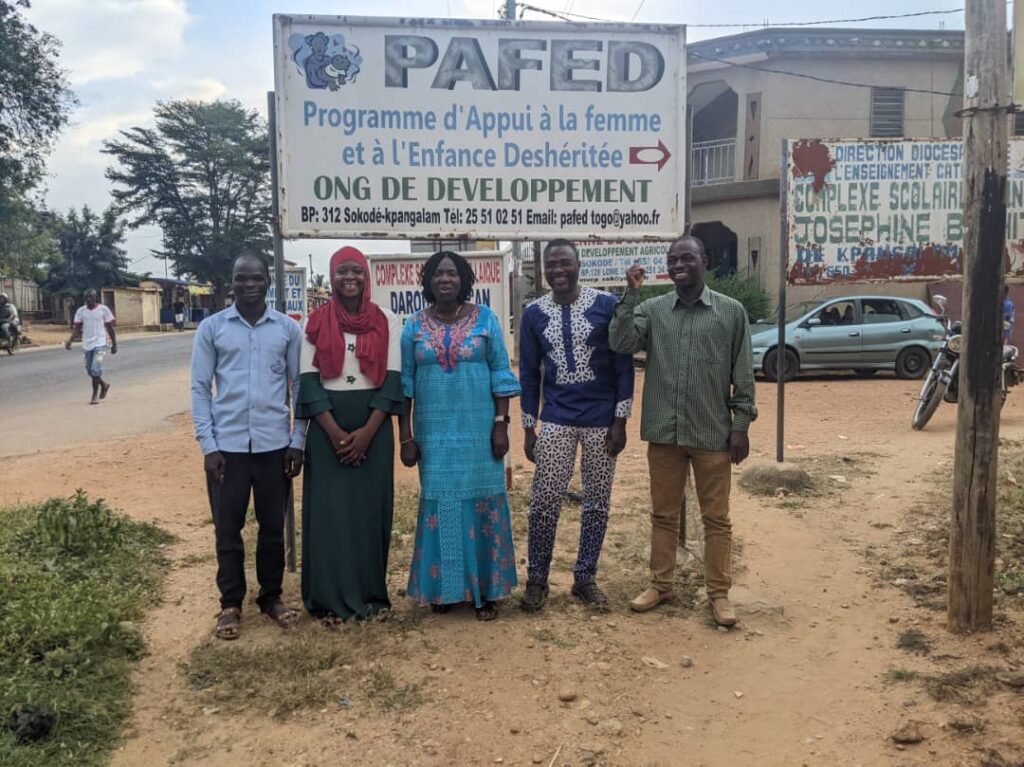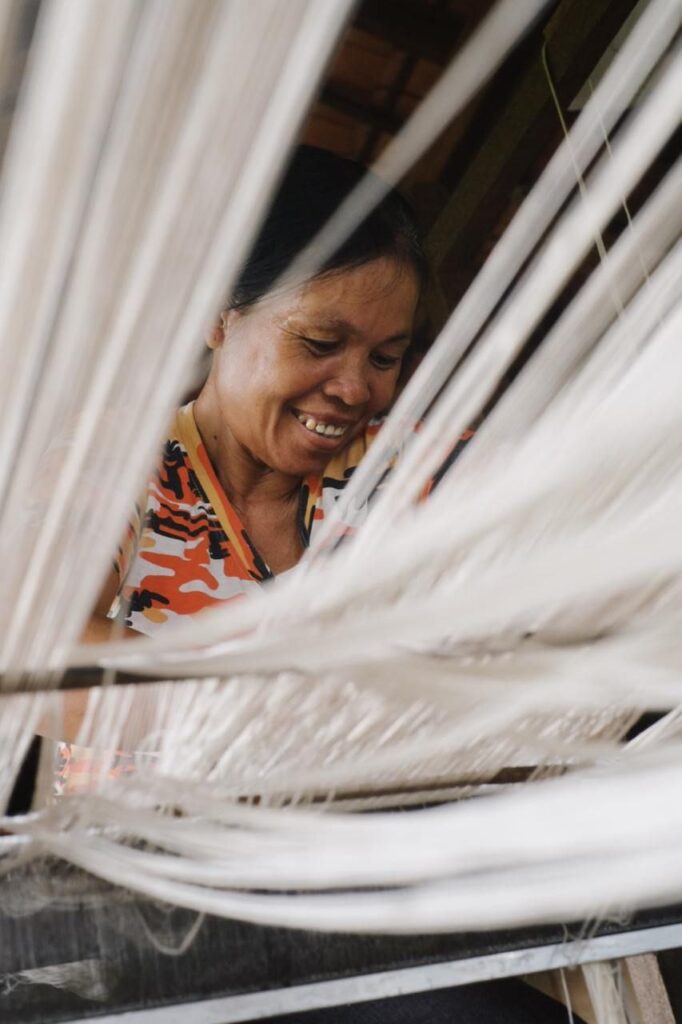Reflections on Virtual Co-facilitation of MERIT Workshops in Mongolia
The following was written by CESO Advisor Ben Ziegler for his Collaborative Journeys blog. View the original post here.
This year, I was supposed to spend March on assignment in Mongolia with CESO as part of the MERIT (Mongolia: Enhancing Resource Management through Institutional Transformation) project. Unfortunately, due to COVID-19, I was unable to go to Mongolia. Fortunately, the assignment transitioned into a virtual one, taking place in June and early July.
Here are a few of my reflections on that assignment.
Backgrounder to MERIT and my assignment
MERIT is a seven-year project that supports responsible resource management aimed at sustainable economic and social development, in order to improve the livelihoods of communities in Mongolia. It is funded by Global Affairs Canada.
My role was as a Technical Advisor in the dispute resolution field. The assignment objectives were to build conflict management and dispute resolution skills, as well as build the capacity of the Mongolian Civil Service Council and Dispute Resolution Department.
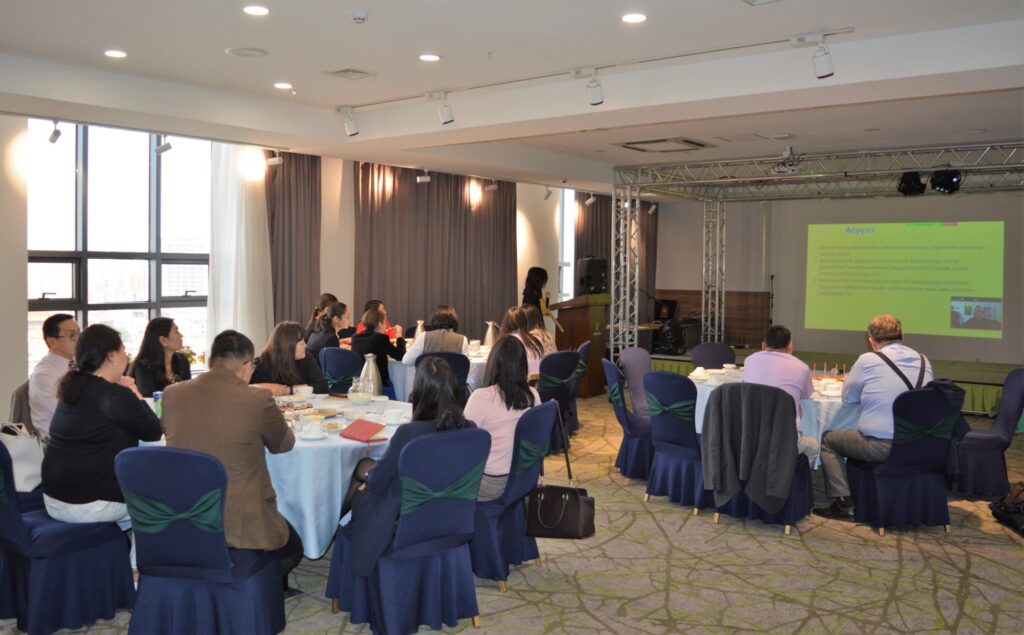
How the work was done
I co-facilitated eight training workshops from my home office in Victoria, BC. Through video conferencing I interacted with a roomful of workshop participants located in a hotel in Ulaanbaatar, the capital of Mongolia. The number of participants in each session ranged from 10 to 40.
Before each training session, I provided content to my co-facilitator on the Mongolian side, Suvdaa. This included PowerPoint slides and Word documents for handout in class. Suvdaa translated my content for the Mongolian audience. English and Mongolian are very different languages, both spoken and written.
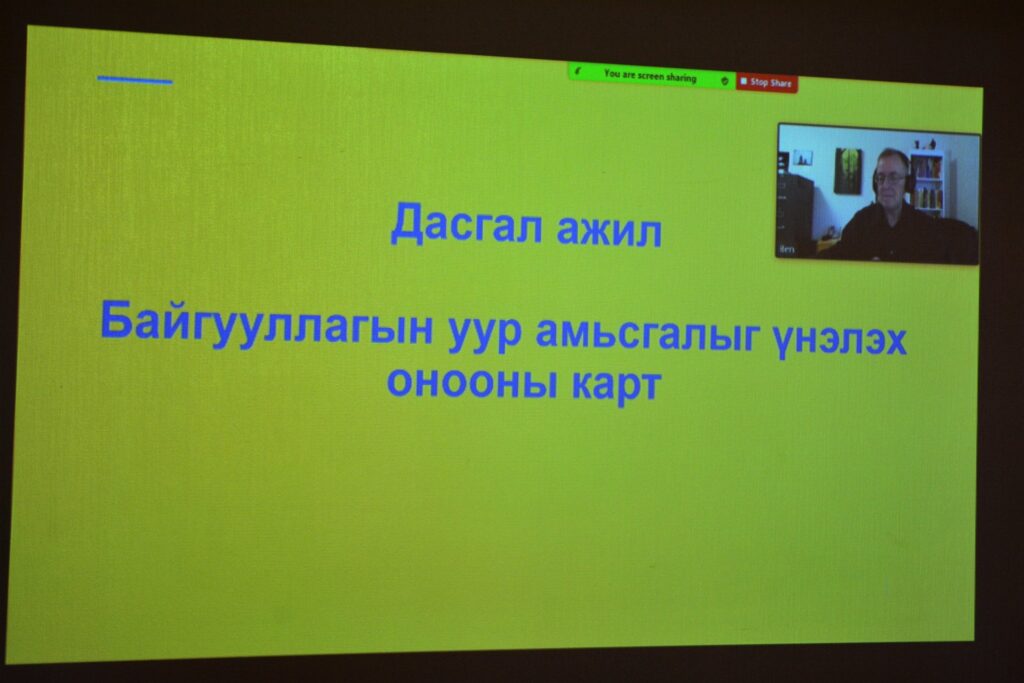
During the training sessions, a large video screen on the Mongolian side displayed myself and my translated content to the workshop participants. Suvdaa managed the room in person, handled two-way translation of interactions between me and the participants, and interacted with workshop activities, dialogue and content. She was a skilled co-facilitator and vital to this assignment’s success, to say the least!
My observations as a (virtual) co-facilitator
The training sessions were a hybrid of virtual and in-person.
Anything a facilitator could do in person, you can—with a few exceptions—do virtually, with help from a supportive co-facilitator. This applies to workshop setup and organization, content delivery and interpersonal interactions between facilitators and participants.
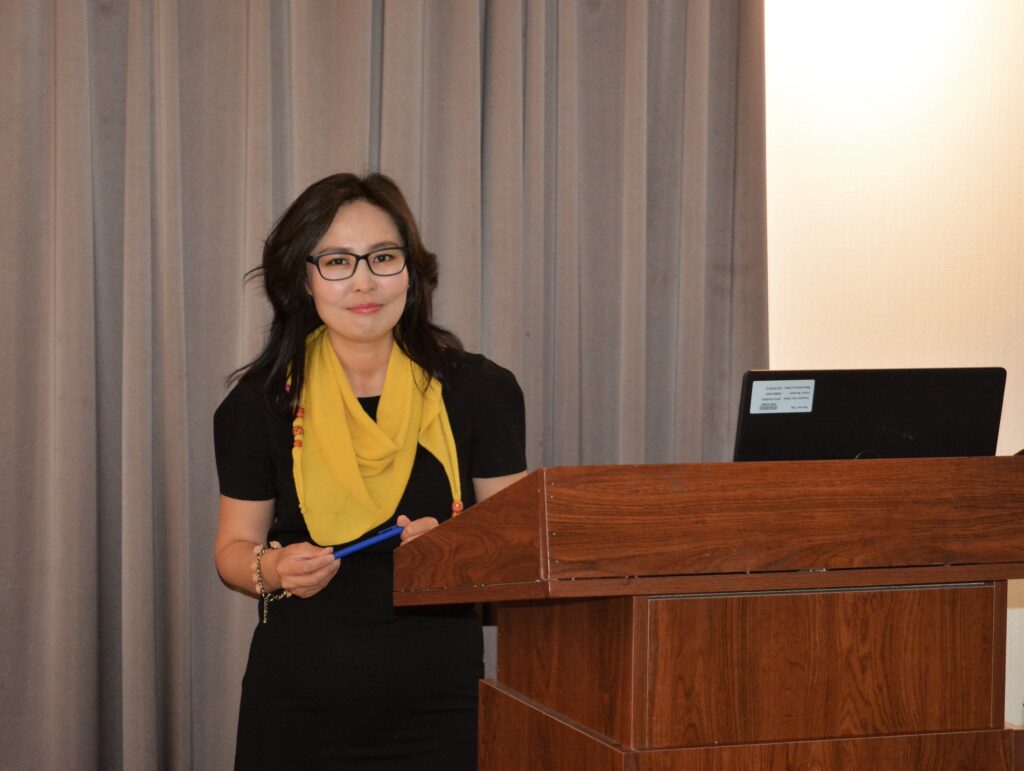
Advance preparation before each workshop is key—especially in terms of content creation, online and physical materials, planning activities and engagement strategies. The hybrid approach can make it challenging to read the room, particularly for the remote facilitator. Anticipating ways to collectively gauge and process room dynamics, in order to keep things engaging and fun for participants, pays big dividends during the live sessions.
Language barriers can be mitigated by chunking down the content (allocate a proportional amount of time between English and non-English facilitators), incorporating visually pleasing materials (images or videos that do not require translation), and a variety of in-class activities, which allows the participants to work individually or in small groups (negating the need for additional translation in those contexts).
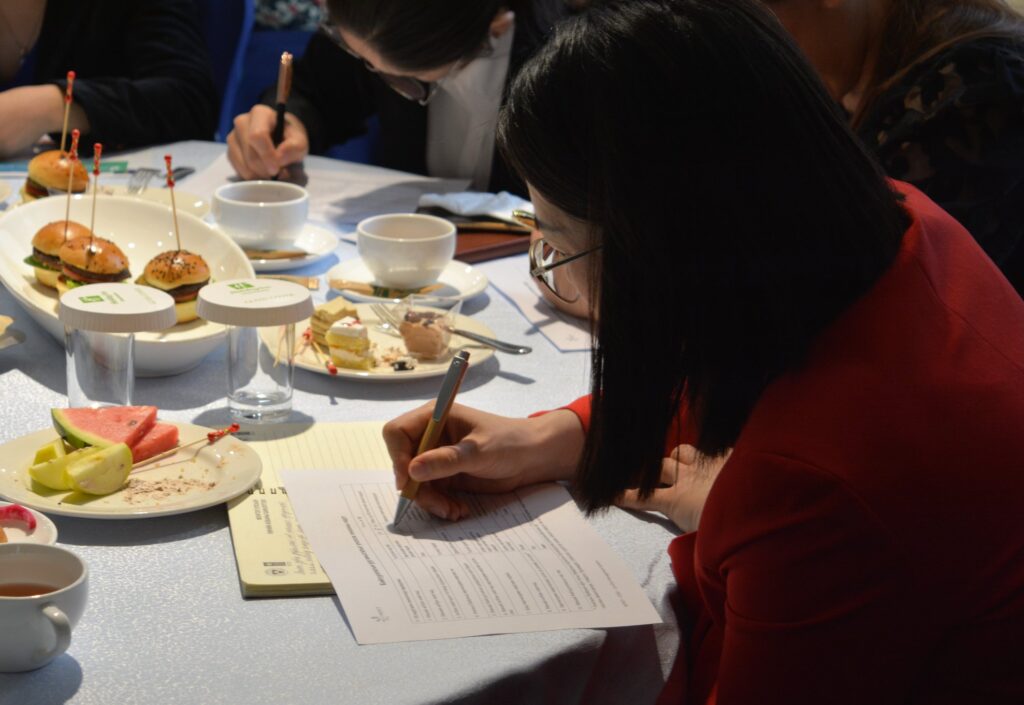
Video-conferencing controls were handled on the Mongolian side. The slides I provided were translated and displayed via screen share by my co-facilitator. On my side, I would display the English version in a separate window on my desktop. Sometimes, I was confused over which slide was being presented, given that I cannot read a word of Mongolian. My cue for next time: create visually distinct slides, beyond slide numbering.
Rapport between co-facilitators is essential. Given the hybrid approach, assessing the mood of the room is best done if you are physically in the room and in tune with the workshop culture at play.
As a virtual facilitator, stable internet is always a factor; this assignment was no exception as there were a couple of times where my line cut out and I had to re-dial back in. Having a second laptop or computer—even a phone—ready to go minimizes any down time away from the room participants.
